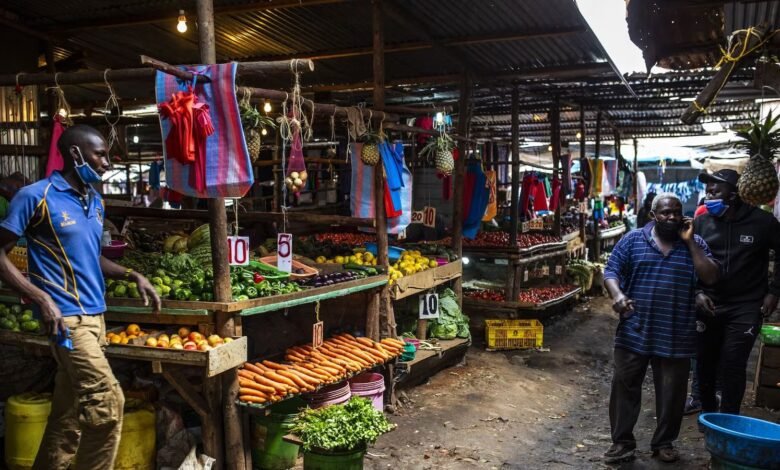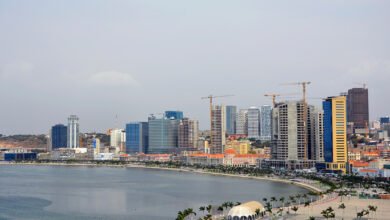
Kenya’s annual inflation eased in September to the slowest pace in almost 12 years, helped by weaker growth in food and energy prices.
Consumer prices rose 3.6% in September from a year earlier, the lowest since December 2012, the Kenya National Bureau of Statistics said Wednesday in a statement.
That was down from 4.4% in August, and below the 4.3% median estimate of four economists in a Bloomberg survey. Prices climbed 0.2% on a monthly basis.
The latest inflation print will influence the central bank’s monetary policy committee when it gathers on October 8, 2024.
The MPC surprised markets at its last meeting in August, when it lowered benchmark interest rate for the first time in four years.
Also Read: Kenya Annual Inflation Eases to Four-Year Low in July
At the time, the committee cited expectations for inflation in the near term to remain below the 5% midpoint at which CBK Governor Kamau Thugge prefers to anchor price-growth expectations.
Key Insights:
- Prices of food and non-alcoholic drinks — which make up a third of the inflation basket – grew 5.1% from a year earlier, the weakest pace since December 2020
- Yields of corn, the nation’s staple, are seen growing by 5.2% to 50 million 90-kilogram bags this year, according to the agriculture ministry. That should help ensure adequate supply and keep prices in check
- East Africa is likely to experience little or no rain in the final quarter of this year, due to the La Nina weather phenomenon. That’s an upside risk to inflation as it may impact food security, according to the IGAD Climate Prediction and Applications Centre
- Pass-through effects of the strengthening of the shilling and previous tightening of monetary policy are seen helping contain price growth
- The Kenyan shilling has staged a comeback that’s vaulted it from one of the worst-performing currencies in the world to the best against the dollar this year, according to data compiled by Bloomberg. It was little changed against the greenback in September
- That should help lower the cost of imported raw materials and finished goods. The nation’s top imports include fuel and cooking oil
- The transport index grew 0.5% from a year earlier after the nation left gasoline prices unchanged in a mid-month review
- A gauge measuring prices for housing, water, electricity, gas and other fuels increased 0.4% during the month






That is a good tip particularly too those new to the
blogosphere. Brief but very accurate information… Thanks
for sharing this one. A must read article! https://Glassi-greyhounds.mystrikingly.com
That is a good tip particularly to those new to the blogosphere.
Brief but very accurate information… Thanks for sharing this
one. A must read article! https://Glassi-greyhounds.mystrikingly.com